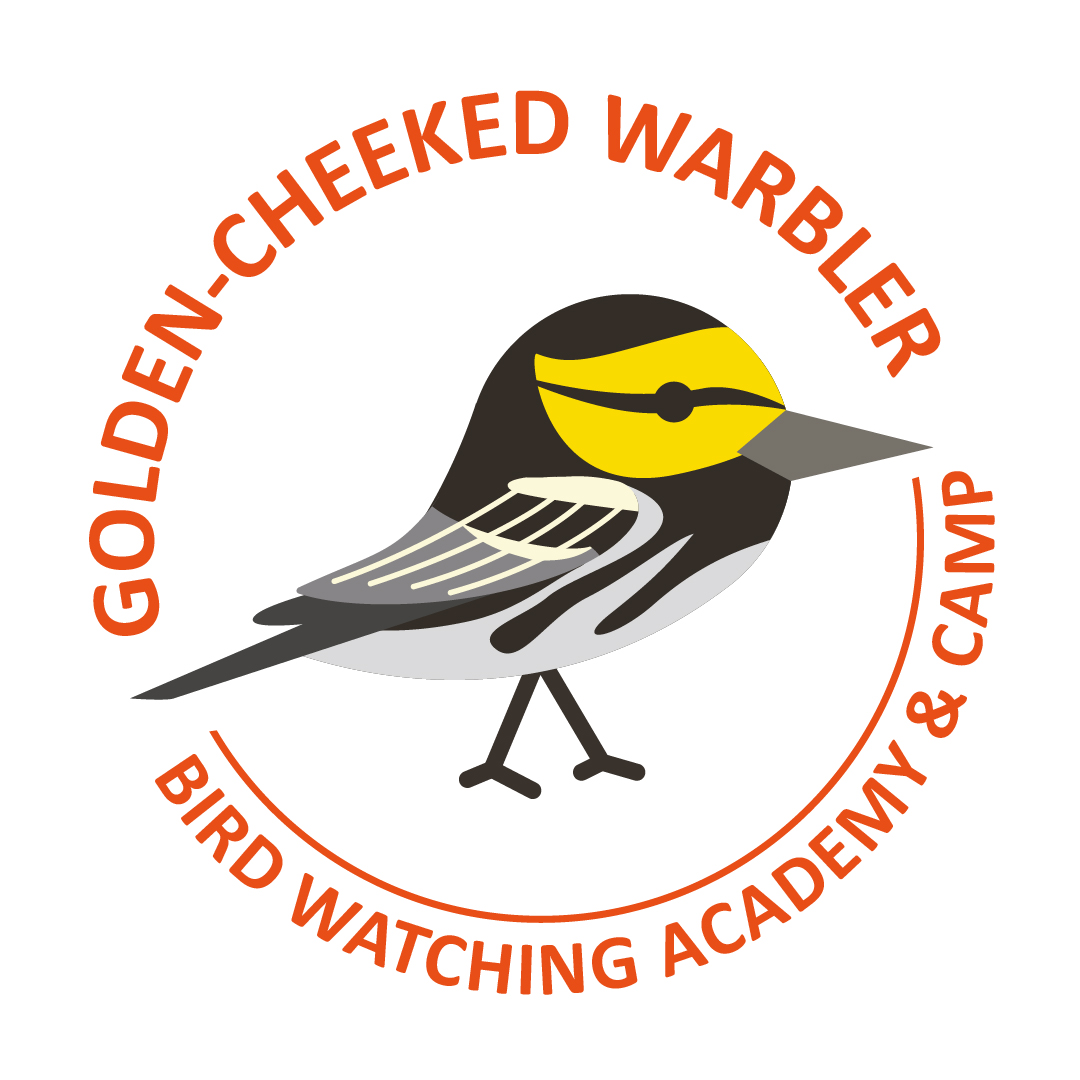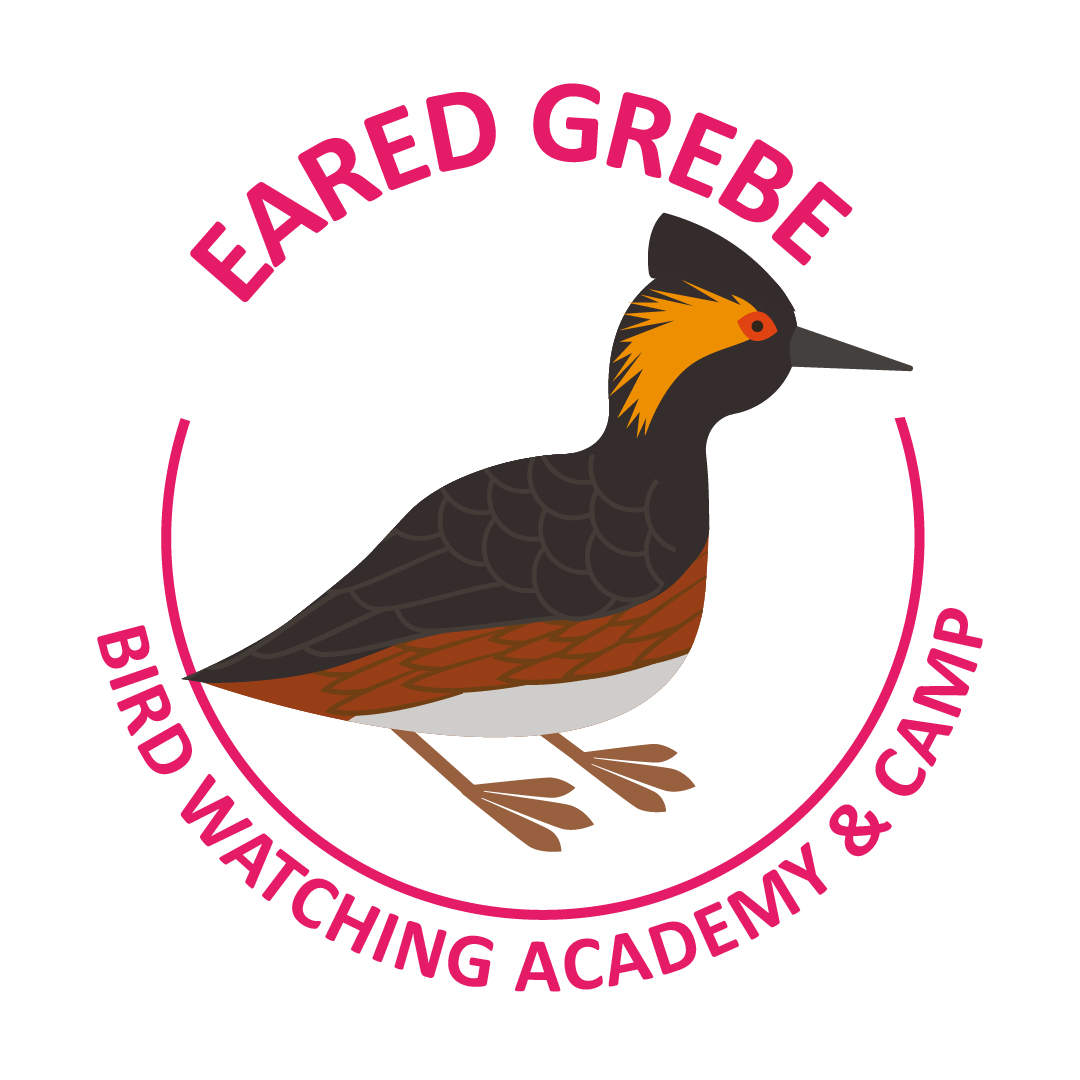Crater Lake was formed several thousand years ago from the eruption of Mount Mazama, which scattered ash and debris across hundreds of thousands of square miles. The collapse of the volcanic mount left behind a deep and steep-walled caldera which slowly developed into the clearest, near-perfect circular-shaped freshwater body, Crater Lake- “the bluest lake on earth”. The only national park in Klamath County, Oregon, located near the cities of Klamath Falls and Medford, is constantly attracting the admiration of bird watchers throughout the country. Crater Lake is one of the oldest lakes in the United States at a depth of 1,943 feet, and the ninth deepest lake in the world. Bird watching at Crater Lake National Park is made unique by the variety of landscapes and habitats, inviting a wide range of flora and fauna species.
Continue reading Bird Watching at Crater Lake National ParkKentucky Warbler

In 1810, acclaimed naturalist and ornithologist Alexander Wilson identified a new species of New World Warblers. Named after the state of its identification, the Kentucky Warbler, also known as the Geothlypis formosa is a small songbird seasonally found in the deciduous forests in the United States.
Continue reading Kentucky WarblerHooded Oriole

The Hooded Oriole is a sly bird that can confuse new bird watchers due to its interesting calls. Armed with the ability to imitate other bird species, they lurk around palm trees, gardens, forests, and any such areas where they can forage for berries, fruits, and insects. They rarely perch on the ground, if they do they hop along the floor and they won’t stay for long. However, they flap their wings in a powerful yet graceful movement, flying to the nearest tree to forage for more food.
Continue reading Hooded OrioleGreen Heron

The Green Heron is a bird that looks rather plain from a distance until you come closer. They have a striking, iridescent back. They are solitary birds and are quite elusive of human beings, but their patient demeanors have captured the interests of the entire birding community either way. These birds are common and widespread throughout the wetlands of the United States, Mexico, and Central America, and are difficult to spot despite their abundance in numbers. They wade through shallow waters and gracefully swim with the help of their webbed toes.
Continue reading Green HeronHarris’s Sparrow

The Harris’s Sparrow is North America’s largest Sparrow, often catching the attention of birders and non-birders alike. They are considered to be some of the most beautiful Sparrows on the continent, with their black bibs and pink bills. They are the only songbirds that breed in Canada and nowhere else, with their winter migrations taking them towards the Great Plains. Due to their secretive demeanors and remote habitats, they were not discovered until 1931, decades after most North American birds were cataloged.
Continue reading Harris’s SparrowGreat Crested Flycatcher

With distinctive and high-pitched whistles piercing through the Eastern woodlands of North America, the Great Crested Flycatcher is an elegant bird with distinct lemon-yellow bellies. They are secretive and can be rather elusive, but attentive birdwatchers may be rewarded with a flash of reddish-brown and yellow if they closely trace their harsh calls back to their sources.
Continue reading Great Crested FlycatcherGreat Black-backed Gull

The Great Black-backed Gull is not only North America’s largest Gull but also the largest Gull found anywhere in the world. They are birds that primarily inhabit the Atlantic Coasts of the continent and have been dubbed as the kings of the Atlantic waterfront due to their powerful builds and their dominating attitudes. They actively bully other birds to steal their food and even hunt adult birds like grebes and puffins on occasion. Being the only Gull of its kind, they are powerful omnivores that have captured the interests of birders for decades.
Continue reading Great Black-backed GullGolden-crowned Kinglet

The Golden-crowned Kinglet is one of the smallest bird species that you can find anywhere in the world. These tiny birds are especially remarkable in their abilities to survive in extremely cold climates, nesting in the northern forests and wintering throughout most of the United States. They have been known to spend nights at regions that drop down to temperatures as low as -40 Fahrenheit, often huddling together for warmth. Their preference for these boreal spruce-fir habitats has earned them a spot as some of the most interesting bird species in the world.
Continue reading Golden-crowned KingletGolden-cheeked Warbler

The Golden-cheeked Warbler is a stunningly beautiful bird that nests in Texas. They are small migrants that can be found singing sweet-sounding songs around the end of March. Golden-cheeked Warblers are some of the few birds that are considered to be endemic to most of Texas and have sparked considerable concern among environmentalists and scientists alike over their reducing numbers. They are shy and elusive birds that are still not fully understood but have been culturally popular due to their beautiful plumes.
Continue reading Golden-cheeked WarblerFranklin Gull

The Franklin Gull is a neatly patterned bird that can be found in flocks of thousands along the marshy wetlands of North America. Breeding adults have delicate colors that have led to their colloquial names of “rosy doves” and “prairie doves”. With not only their colors but also their buoyant and graceful strides during flight, giving rise to such a cultural perception. Initial expeditions into their breeding grounds during the 19th century also led to naturalists mistakenly dubbing them “Laughing Gulls” due to their unique characteristics. They are travel thousands of miles during migration seasons, typically wintering along the coasts of Chile and Peru in South America. Flocks that gather on their wintering grounds have been reported to be incomprehensibly large, with numbers going over a million in a single day.
Continue reading Franklin GullEgyptian Goose

The Egyptian Goose is an exotic species in North America that is native to sub-Saharan Africa. It belongs to the family Anatidae and is related to other Ducks, Swans, and Geese. These birds are natively found throughout most of Africa, with the exception of the purely arid regions of the Sahara Desert. They have historically been richly recorded in Ancient Egyptian iconography, solely because they were considered to be sacred in these archaic times.
Continue reading Egyptian GooseEared Grebe

Commonly found in shallow wetlands across western North America, the Eared Grebe is a small waterbird. They are the most abundant grebes in the world and gather in colonies of hundreds and thousands before beginning their winter migrations southwards. These birds have evolved to be versatile in adapting to new environments and can be seen taking advantage of temporary or man-made bodies of water as and when required.
Continue reading Eared GrebeCommon Loon

The Common Loon is a powerful flier that you can easily identify by their radiant plumages during the breeding seasons. Their haunting calls are distinct and have been characterized as rich and eerie simultaneously. These birds have become the symbol of the wilderness in many regions of North America. Especially as their yodels and hoots echo across the pristine lakes of the continent. They are agile divers, powerful swimmers, and strong fliers, making them a formidable bird that is well suited for their wetland habitats.
Continue reading Common LoonYellow-billed Cuckoo

Yellow-billed Cuckoo
Although Yellow-billed Cuckoo is a common bird, people have observed it for a long time. They are hard to find as they hide in dense deciduous forests. It is only when you hear the sound of their call that you can notice their presence in the neighborhood. The croaky, stuttering calls can be heard from a considerable distance. The sound of cicadas in summer is often intermingled with that of Yellow-billed Cuckoos.
Continue reading Yellow-billed CuckooCommon Gallinule

Formerly known as Common Moorhens, the Common Gallinule is a versatile bird species that live throughout the marshes of North and South America. Their extreme adaptability has made them successful in a variety of wetlands, as they swim like a duck and walk over floating vegetation with their long toes as well. These birds have bold marks with vivid plumages but are rather shy and typically remain hidden within the swampy vegetation of their natural habitats.
Continue reading Common GallinuleGray Catbird

When one thinks of the word “catbird”, they might see it as an oxymoron. Yet again, further investigation into their lives reveals a much larger story. The Gray Catbird is a demure and plain bird that surprise birders and non-birders alike with their combination of musical and harsh calls. They derive their names from one such particular call that resembles the mewing of a cat. You can usually hear them from dense thickets and tangles of vines, observers can be surprised to find a bird rather than a cat calling out.
Continue reading Gray CatbirdCanada Warbler

The Canada Warbler (Cardellina canadensis) is a small boreal songbird of the New World Warbler family (Parulidae). They spend their summers in Canada and the Northeastern United States. While they spend their winters in Northern South America.
Continue reading Canada WarblerCanyon Wren

Some of the most seemingly inconspicuous birds can sometimes offer the largest surprises. The Canyon Wren is an adorable, tiny bird that is known for its beautiful whistles that echo off the rocks in their habitats. Naturally occurring along the canyons of the United States and Mexico, these birds have evolved to be agile in order to scale the rocky walls and cliff faces in their pursuit of insect prey. They are known to be elusive and are typically heard before they are seen, a fitting trait for such a magnificent bird. Their loud songs are so musical that it grabs the attention of birdwatchers and non-birdwatchers alike.
Continue reading Canyon WrenBullock’s Oriole

They often hang upside down from branches as they forage. The Bullock’s Oriole is a dazzling flash of orange that stands out in their wooded habitats. Named after the English naturalist William Bullock, these birds were confused with the closely related Baltimore Orioles for several years until the species received its own independent status in 1827. Although interbreeding with Baltimore Orioles is a common occurrence, hybridization has not diluted the unique traits of these birds. Attentive observers would be able to tell the difference between the two if they pay close attention to the details.
Continue reading Bullock’s OrioleBrown-headed Cowbird

The world of birds seems to be full of endless surprises. Even the smallest and the most inconspicuous birds always seem to have surprising traits that catch avid birdwatchers by surprise. The Brown-headed Cowbird is a stout Blackbird that has fascinated ornithologists for a variety of reasons. For centuries they follow large bison herds on grasslands as they eat insects that are purged from the grass after it is grazed by the herds. Today, they continue to be seen as they follow cattle from coast to coast across North America.
Continue reading Brown-headed Cowbird


